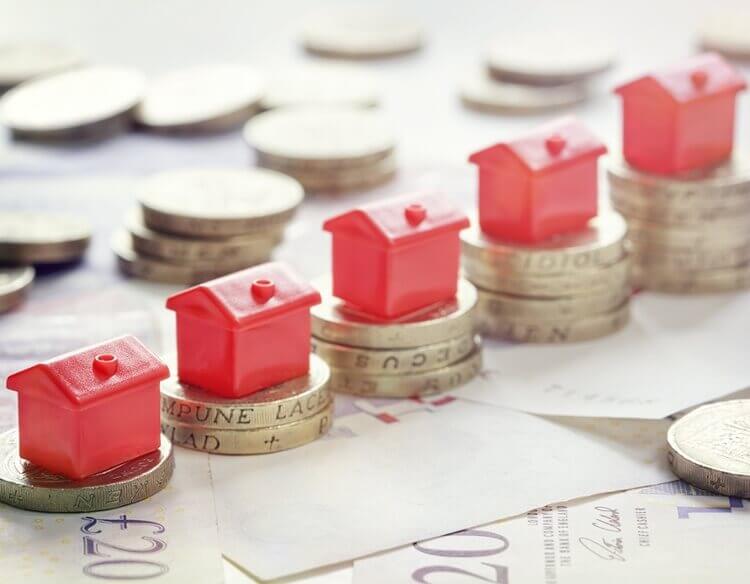
Lodging is a cyclical industry meaning that it passes over time through four distinct phases: peak, contraction, trough and expansion. Most industry participants believe that 2007 was the previous peak of the current business cycle following six years of expansion from the 2001 industry recession. According to STR, the demand for lodging increased for six consecutive years from 2002 through 2007, while average daily room rates (ADR) grew in excess of 4.5 percent during the latter four years. Per CBRE Hotels’ Trends® in the Hotel Industry survey, gross operating profits (GOP) were growing at a 10 percent annual pace leading up to 2007.
After 2007, the industry went through a pronounced period of contraction. From 2007 to 2009 the national occupancy level dropped 13.2 percent, ADR fell 5.8 percent, and the average GOP per property decreased a staggering 29.4 percent. Clearly the trough of the current cycle occurred in 2009.
The strong and extended period of expansion that the U.S. lodging industry has enjoyed since 2009 has been well documented. Lodging demand has increased each of the eight years from 2009 to 2017, enabling U.S. hotels to achieve new record levels of occupancy each of the past three years. After declining slightly in 2010, ADRs have also increased year-after-year through 2017, and are now up 28.8 percent from 2009. At the bottom-line, GOP is on an eight-year run of growth, and in 2017 was 73.4 percent greater than 2009 percent levels.
Given such strong growth in the major industry metrics, can U.S. hotel owners and operators comfortably assume that their lodging assets have recovered?
Has Recovery Occurred?
In general, recovery is defined as the period in the cycle when the industry returns to levels of performance prior to the contraction period. Given the strong and extended period of expansion from 2009 to 2017, it has been assumed that the U.S. lodging industry has “recovered”. However, depending on how you analyze the data, this may, or may not be the case.
To determine which segments of the U.S. lodging industry may have recovered to 2007 peak levels of performance, we analyzed revenue, expense, and profit data from CBRE’s Trends® in the Hotel Industry database of hotel operating statements from thousands of properties across the nation. Same-store samples of data for six different property types were used to mitigate the bias created by changes in the profile of hotel products in the industry over the years. The data was analyzed using both nominal (stated-year) dollars, and real (inflation adjusted) 2017 dollars.
Nominally – Yes
Using nominal dollars, the average hotel in the Trends® study sample achieved a total operating revenue level of $72,020 per available room (PAR) in 2017, 17.1 percent greater than the $61,525 PAR level achieved in 2007. Concurrently, GOP levels were $27,551 PAR in 2017, 19.8 percent more than 2007 profit levels. These data imply that on a nominal basis, U.S. hotels have “recovered”. In fact, on average, the nominal recovery occurred in 2014 when the properties in the sample achieved revenue and profit levels superior to 2007 standards.




